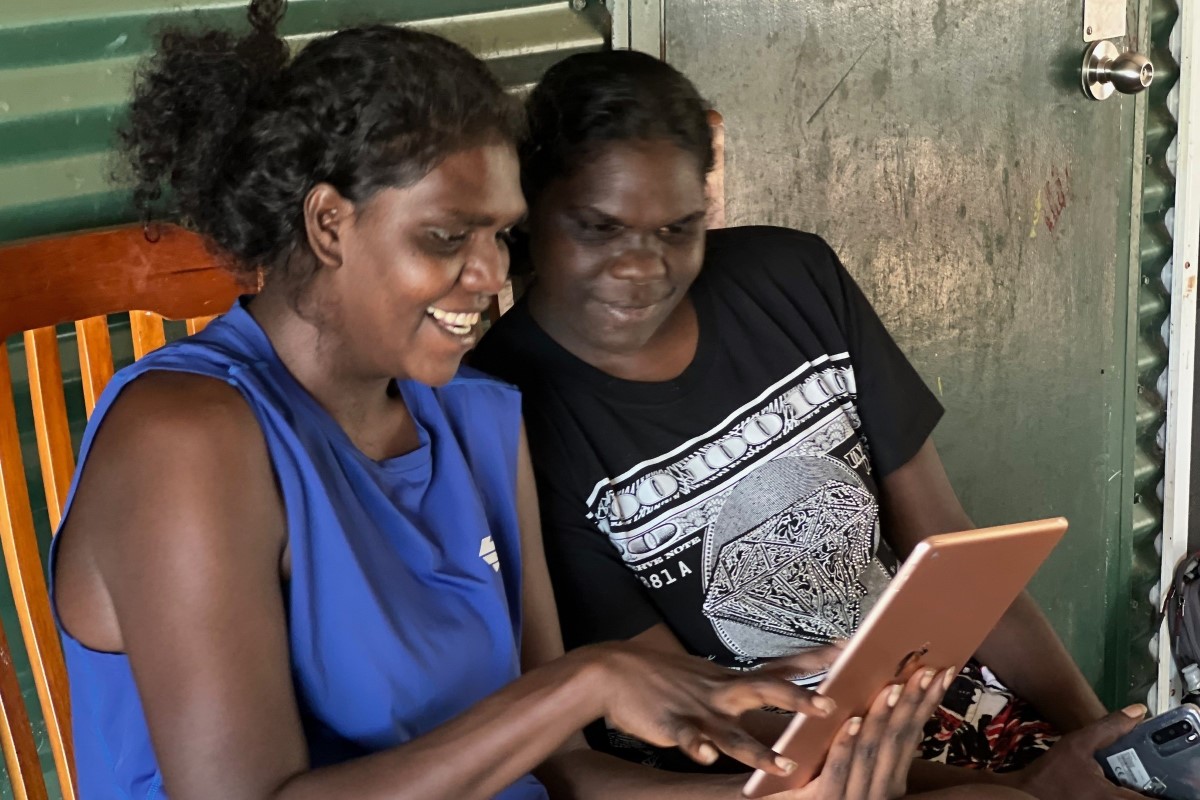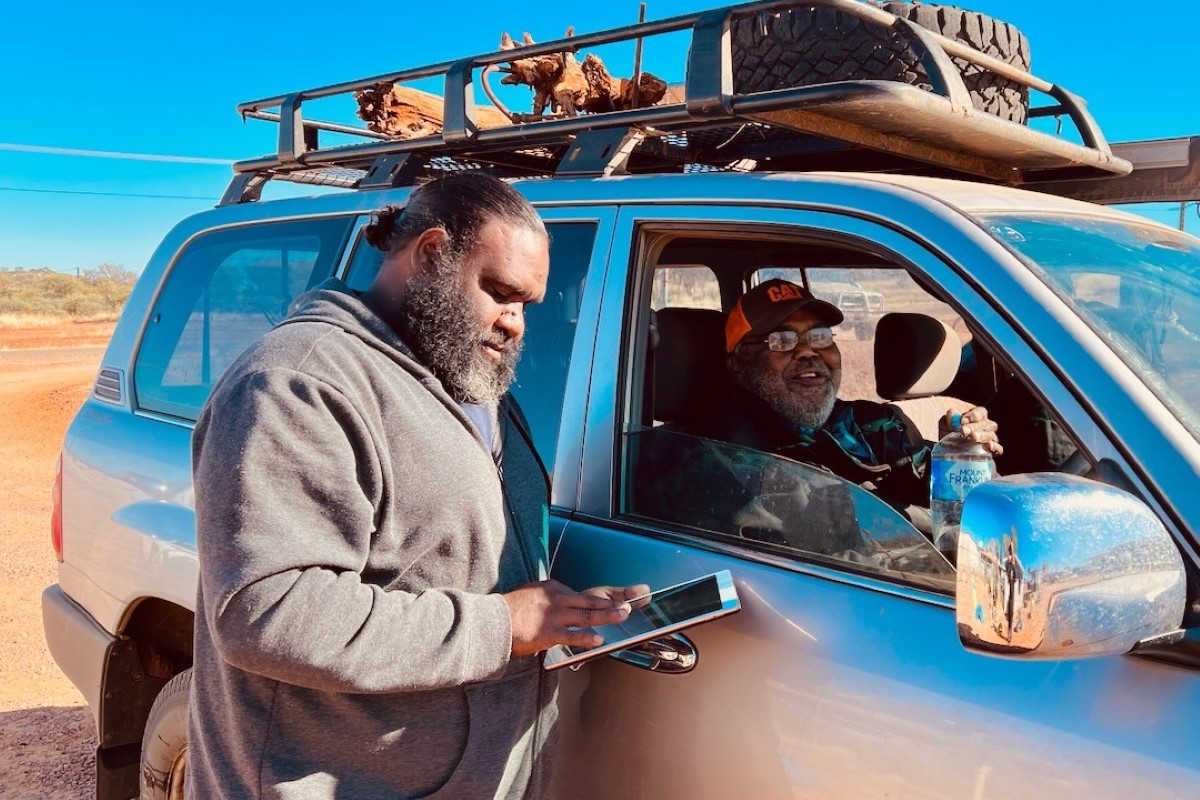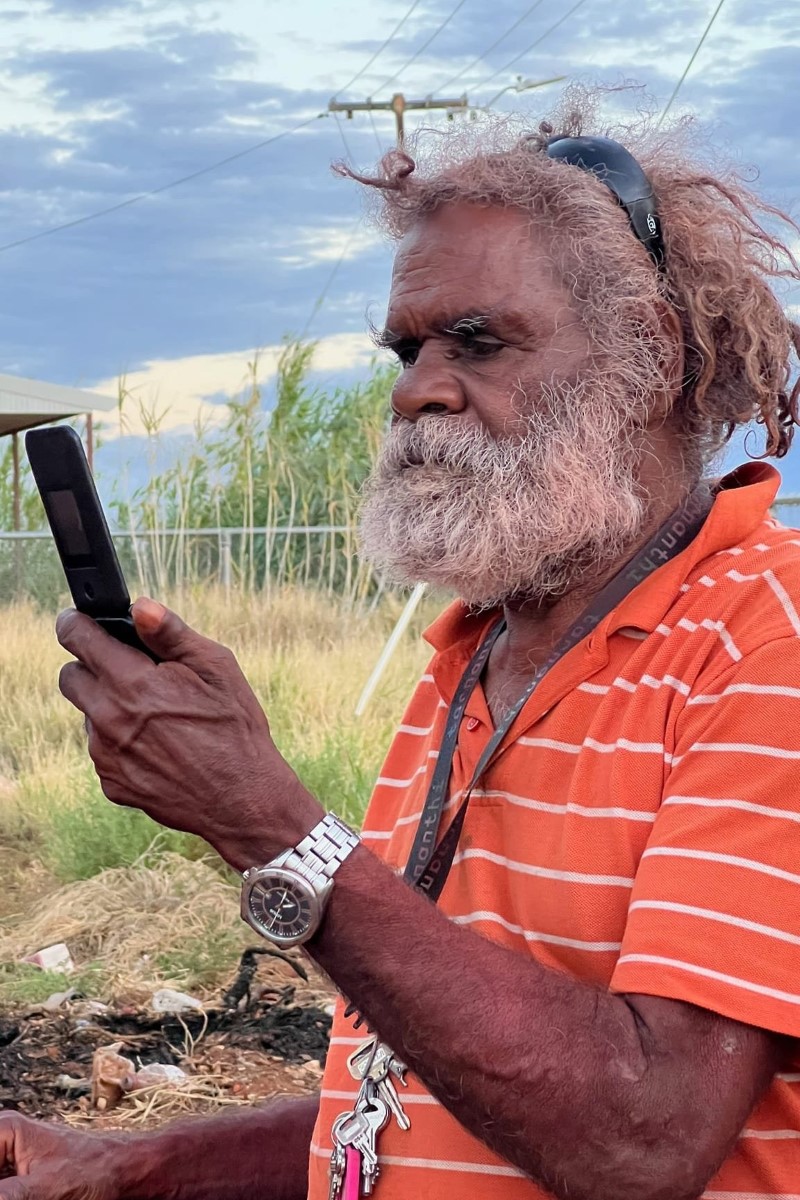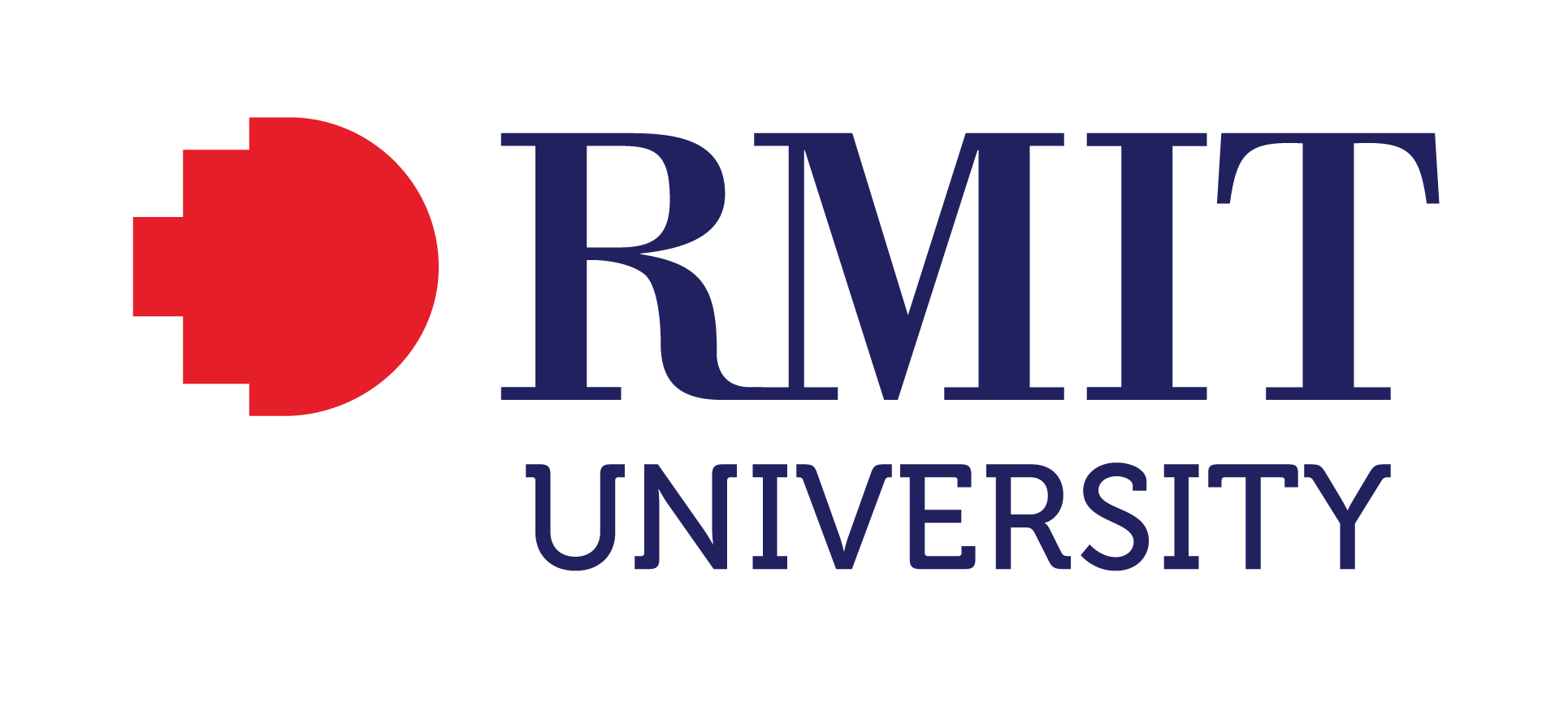First Nations
What we know about First Nations digital inclusion so far, and an introduction to the Mapping the Digital Gap project
Closing the Gap Target 17
First Nations digital inclusion is a crucial issue, recognised in the establishment of a specific targeted outcome in the Closing the Gap framework relating to digital inclusion in 2021. Outcome 17 of this framework is that ‘Aboriginal and Torres Strait Islander people have access to information and services enabling participation in informed decision-making regarding their own lives’. A specific target is present to close the digital gap: ‘By 2026, Aboriginal and Torres Strait Islander people have equal levels of digital inclusion’. Until this year, there was a lack of data collection to adequately map progress against this outcome.


Mapping the Digital Gap Project
Recognising that measuring digital inclusion within and across First Nations communities requires deep engagement with the communities themselves, their organisations, and leaders, the Telstra-funded Mapping the Digital Gap project, now being conducted by the ARC Centre of Excellence for Automated Decision-Making and Society at RMIT University, aims to make a significant contribution to the evidence base in this area. The project is working with 10–12 remote communities to generate First Nations Index scores and track changes in digital inclusion over a three-year period (2022–2024). The key objectives are to:
- Generate a detailed account of the distribution of digital inclusion and the uses of digital services including news and media across 8-10 First Nations communities;
- Track changes in measures of digital inclusion for these communities over time; and
- Inform the development of appropriate local strategies for improving digital inclusion capabilities and services enabling informed decision-making in First Nations communities.
Latest First Nations findings
As part of the Mapping the Digital Gap project, the 2023 Index included an additional sample (n=495) in order to capture the state of digital inclusion specifically for First Nations people in remote parts of Australia. In addition to the collaborative projects with remote communities, this sample enables more accurate understanding of digital inclusion outcomes for remote First Nations communities. This provides a reliable baseline to track progress on the target of equal levels of digital inclusion for First Nations people.
In 2023, the overall Digital Gap between First Nations and other Australians is 7.5 points. There is an Access gap of 8.2 points, a 4.3 point Digital Ability gap, and a 6.1 point Affordability gap. However, where one lives is critical. The Digital Gap increases significantly with remoteness, from 1.7 points in major cities, compared with 24.4 points in remote areas and 25.3 points in very remote areas. The relative gap between First Nations peoples and other Australians in the same remoteness category is particularly pronounced in terms of Access, with 33.3 and 33.9 point differences in Access scores in remote and very remote areas respectively.
The individual Mapping the Digital Gap community outcomes reports provide more detailed insights into some of the issues that persist around access to digital technologies and the internet in remote First Nations communities. However, expanded data collection at a national level is needed to adequately measure progress against Outcome 17 for First Nations Peoples living in regional and urban Australia.



